Bára Gísladóttir
sea sons seasons (2024-2025)
for orchestra and electronics
Dur. 16′30′′
Commissioned by Festival d’Automne, Orchestre Philharmonique de Radio France, WDR Sinfonieorchester and Copenhagen Philharmonic Orchestra
SCORE
Edition·S music¬sound¬art
Edition·S music¬sound¬art
T/ (+45) 3313 5445 · E/ sales@edition-s.dk · W/ www.edition-s.dk

Edition·S publications are supported by the Danish Arts Foundation / Edition·S udgivelser er støttet af Statens Kunstfond.
Bára Gísladóttir
sea sons seasons (2025)
for orchestra and electronics
Dur. 16′30′′
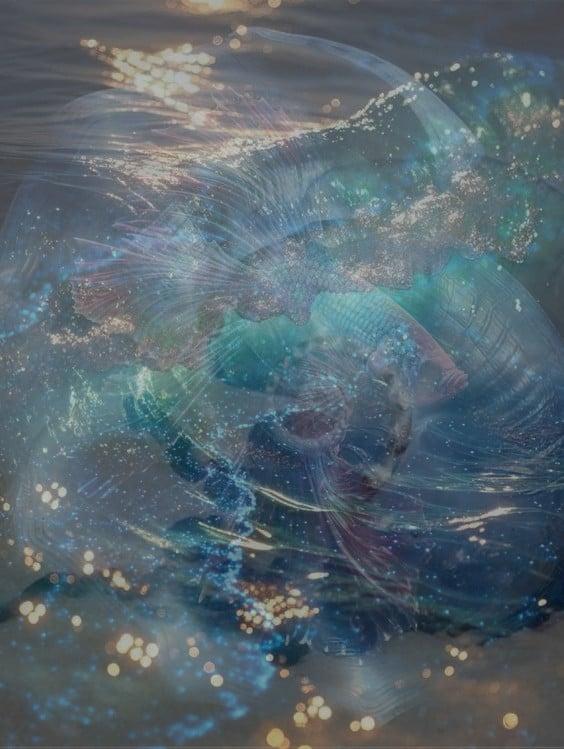
sea sons seasons
i. see sea (just don't put me in the CC)
ii. sea sons
iii. I guess spring comes late this year
iv. leafy sheafy sea dragon
v. sea sparkle, sun glitter
an ungodly hour
vi. sea storm
vii. shell bells
ॐ les sons (but also all my (lost) sons)
viii. if it isn't the wind and the waves, washing it all away
ix. autumn in Paris hehehe
x. inverno/inferno
Special thanks to Björg Brjánsdóttir, Heather Roche, Katie Buckley, Frank Aarnink, Philip Haworth, Jack Adler-McKean, Marco Blaauw, Bryndís Þórsdóttir, Brjánn Ingvason, Petter Ekman, Ása Ólafsdóttir, Hallgrímur Jónas Jensson, Lorenzo Colombo, Owen Weaver and Humberto Díaz for their help and support with the composition. Also thanks to Gunnhildur Einarsdóttir, Richard Carrick and Heather Roche for their fantastic online catalogue for composers.
sea sons seasons are a reflection of the sea and many of its beings (especially ear-like seashells, sea horses, magnets and endless other shimmering creatures of various shapes and forms, and perhaps, most importantly, the leafy sheafy sea dragon, although appearing just briefly), some sons (maybe even all of Miller’s sons (but also all the lost sons)), some sounds, also sea sounds (or sea sons, if you will), seasons (of the earth, of history, of repetition, but also Vivaldi’s). The work is furthermore an exploration of how we can see the sons or the sounds or the seasons. Speculations on how all of these factors and many more can be visited and revisited from as many angles as possible, to be united as one sonorous being, boasting flowing, fluid movements. The work was written commissioned by Festival d’Automne, Orchestre philharmonique de Radio France, WDR Sinfonieorchester and Copenhagen Philharmonic Orchestra and premiered in Paris on November 28th, 2025.
PERFORMANCE NOTES
TUTTI
Visual depiction of the ideas behind the piece. Start at the bottom if you want to go through the chronological narrative of the work.

General
Trills and tremoli
Trills and tremoli occur in variable speed in the piece, where four lines indicate the fastest possible. Trills and tremoli can also increase and decrease in speed, indicated in the following way:
WOODWIND
Graphics
The score uses graphics to better describe the piece’s soundscape. The graphics can be anything from subtle wavy lines to something absolutely all over the place. Examples:



Flutes and piccolo
Square notes should be voiced, preferably in the octave written, but otherwise in the octave that feels best for the performer.
W.t. – whistle tones
In the score and parts, the fundamental position of the whistle tones is given in the form of a diamond head. Travel between the overtones of the fundamental given by interpreting the graphics above the stave. Ex:

Harmonic timbral trills
One of the main characteristics of the piece are the harmonic timbral trills. They appear in various ways, where speed, graphics and dynamics can have a huge impact. Ex:





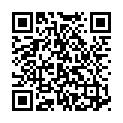

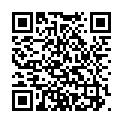
Air flutter (flutes only)
In the piece, the air flutter is performed with a closed flute, like so:
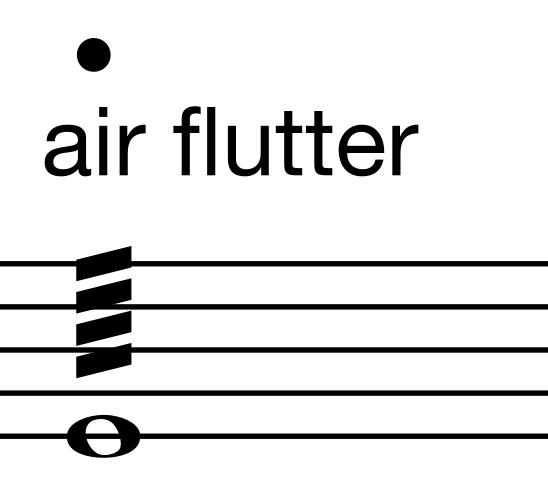

Harmonics surge (flutes only)


Wave-like overblowing
This effect happens on a few locations throughout the piece, notated in the following way:
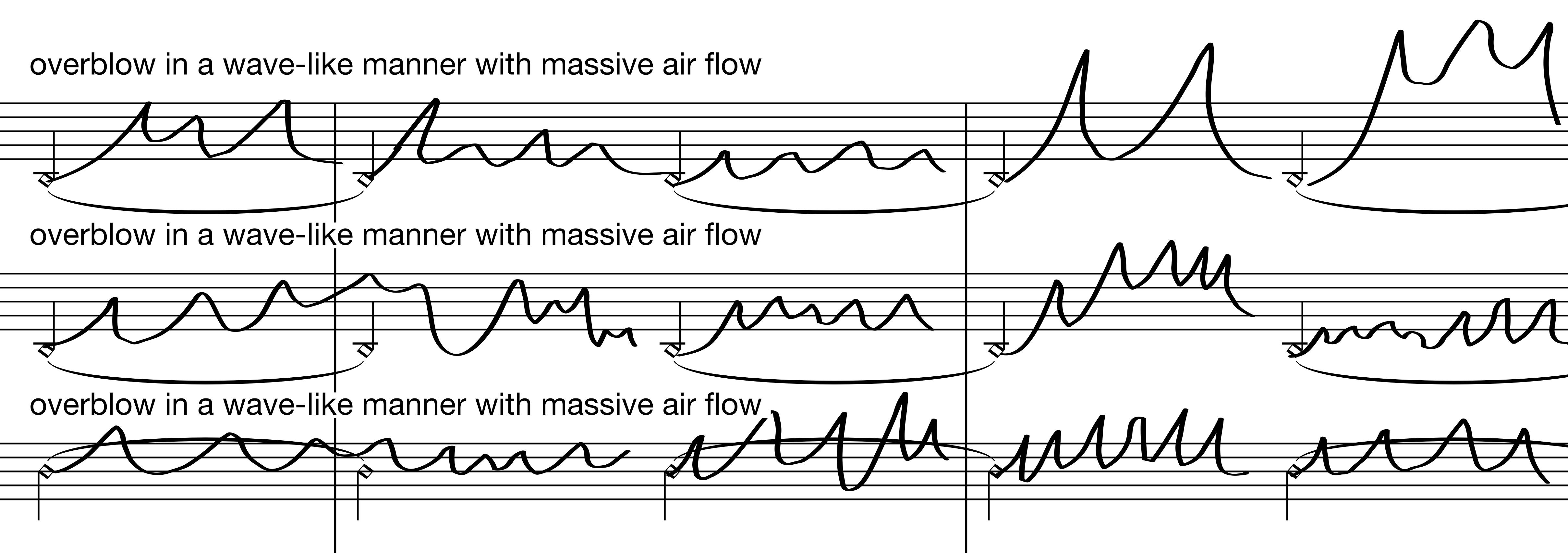
Oboes and English horn
Bisbigliandi
At times the bisbigliandi are a bit on the wilder side as seen in this image. Here is an example of how to perform those.


High harmonic-like sounds
Without reed (E.H.) / reed and staple (Ob.), exhale to produce high harmonic-like sound.
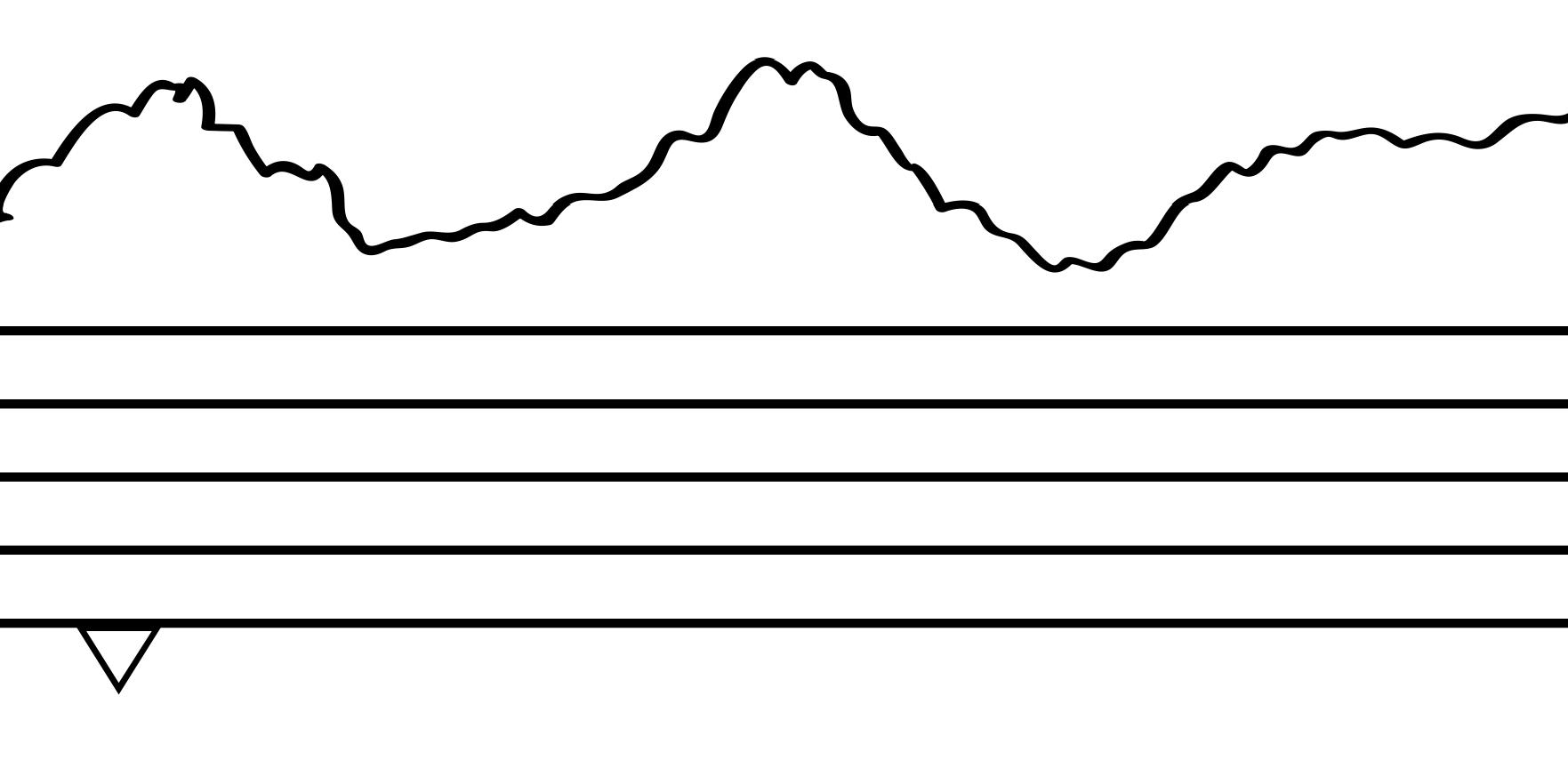
for Ex. for



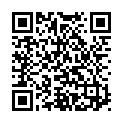
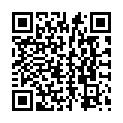
Overblowing (English Horn)

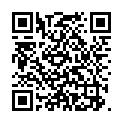
Multiphonics and multiphonic trills
For the oboes, all multiphonics are specific. Fingerings can be found in the parts. For the English Horn, a fundamental is simply given along with the desired quality.
Clarinets and Bass Clarinet Harmonic surge
Use the fundamental given to overblow. Sometimes as rapid outbursts, sometimes as a longer exploration of the overtones. Ex:
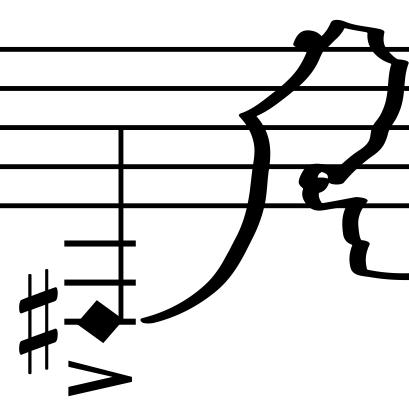
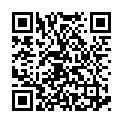
(Wild) overblowing
This effect occurs widely throughout the piece, particularly in the form as trills. Ex:

Multiphonics and multiphonic trills
Here, a fundamental is simply given along with the desired quality.
Bassoons and Conntrabassoon Helicopter tonguing

The technique is always performed with air-flow, to make it more audible.
Wave-like overblowing
Use the fundamental given to overblow. Graphics are used for further depiction.



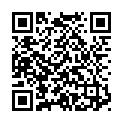
Ex. for the contrabassoon:
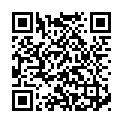
Square notes should be voiced, preferably in the octave written, but otherwise in the octave that feels best for the performer.
Graphics
The score uses graphics to better describe the piece’s soundscape. The graphics can be anything from subtle wavy lines to something absolutely all over the place. This is pretty self explanatory (I hope). The diversity in graphics should have an impact on how various techniques are played. Take a look at these two examples for instance:

Here we have a pretty ordinary bisbigliando (colour trill):

While here, we have something quite different:
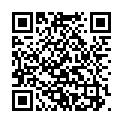
Tuba
Vocal waves
Throughout long passages of the piece, the player is asked to add voice to their playing, and to move it in a wave-like manner. Use the vocal pitch given in the octave that feels most comfortable for you and move it in the way you interpret the graphics.

At times, a flutter is added to the effect for a more distortive result:

TIMPANI
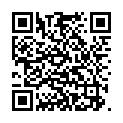
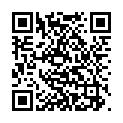
Two timpani are used, ca. 26′ and 32′. A good deal of tuning (or detuning if you will) takes place throughout the piece. For clarity, the part has thus been divided into two staves; one to depict the tuning and one for what is to be performed on the skins. The tuning action is depicted with graphics, like so:
Reciprocating saw (bladeless)
For the noisier parts of the piece, a reciprocating saw is used to press into a metal plate placed on the skin of the instrument, like so:

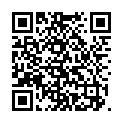
The timpani part requires some additional gadget, like temple bowls and a vibrator. See further information under INSTRUMENTATION
PERCUSSION
Reciprocating saw (bladeless)
For the noisier parts of the piece, a reciprocating saw is used to press into the lid of the oil drum, creating as much noise as possible.
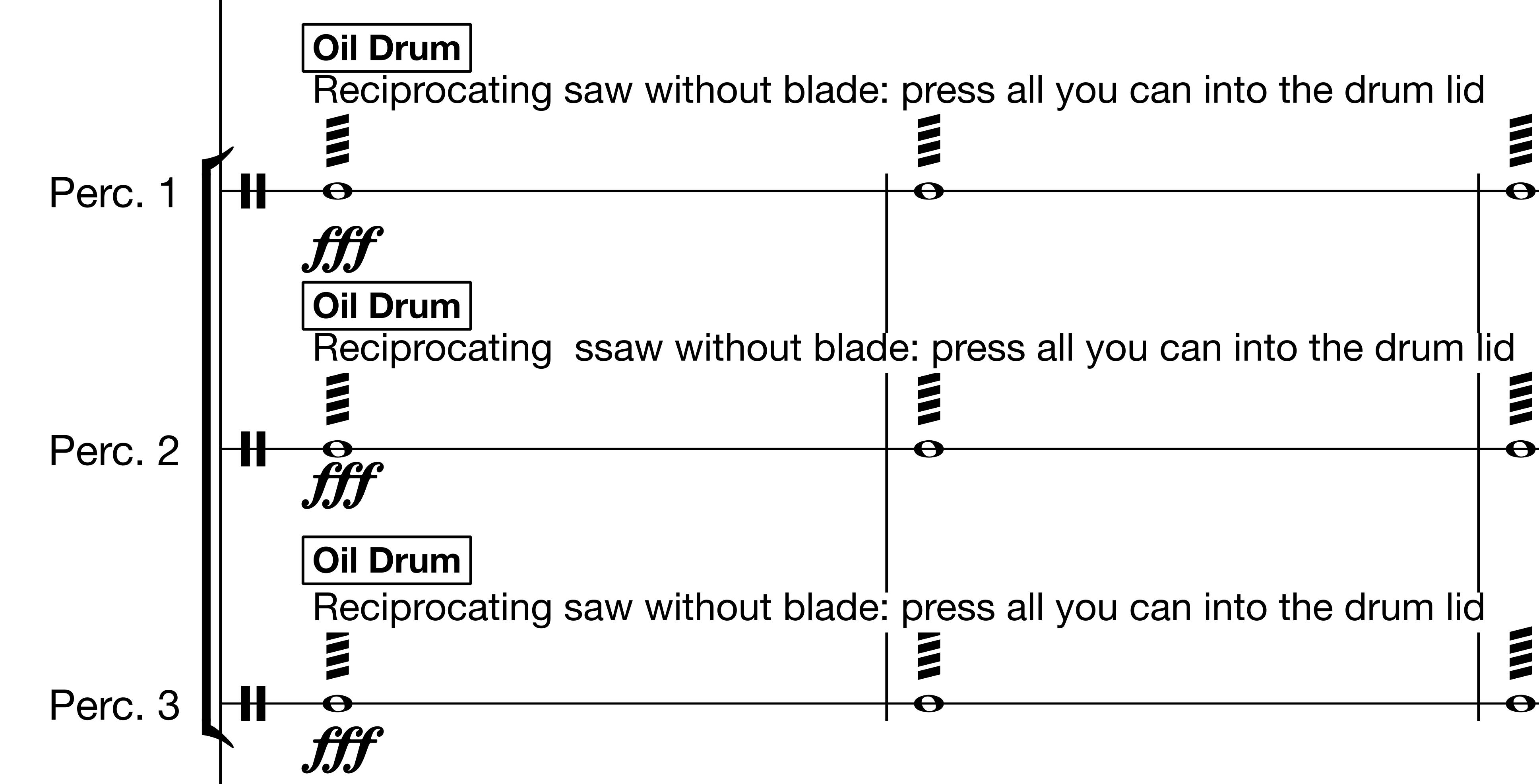
Percussion 3
Pitch bending on the vibraphone
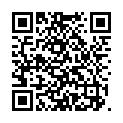
On bowed vibraphone, use a plastic xylophone mallet to bend pitch.

HARP
This notehead indicates a (very) approximate pitch in the given register.
Rubbing of strings


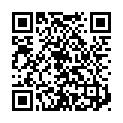
Bowing
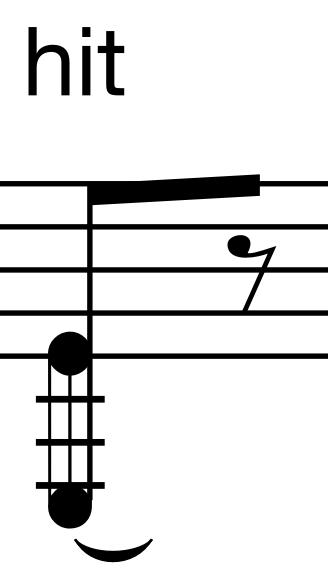
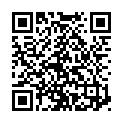
A good deal of the work is to be bowed with bow hair. The pitches bowed are E1 and E2. It is essential to use old bow hair for this - that way we reach the fullest potential for a rich sound.
Massage pistol
Some of the noisier parts of the piece are performed with a massage pistol on its fastest setting, by pressing it into the harp’s lowest strings, like so:

Other gadget needed
Katie knows it:
Guitar plectrum and wooden pencil.
PIANO

This notehead indicates a (very) approximate pitch in the given register.
Harmonic sweeping

Preparation
Squeegee
Used for harmonic sweeping Hammer

A regular, metal hammer is recommended. A short grip may help the player feel fully in control and avoid any accidental contact with the instrument. With the pedal down, tap anywhere on the metal soundboard. You do this very lightly and yet the sound will be very strong. Avoid playing directly on the sound holes as catching the metal at an angle could chip the paint. If using a particularly precious instrument, the player may instead use a dead blow hammer or a heavy rubber hammer. However, with both of these hammers you will need to apply somewhat more force to achieve the appropriate sound. This is not a sound the composer has invented. It appears in numerous pieces in the repertoire including widely played works by (for example) Chaya Czernowin.
Fishing line
E1 and E2 should be prepared with fishing line. Prepare the line with rosin.
Guitar plectrum
Used for a noise effect created by rubbing the strings back and forth in a wild tremolo action, as well as rapid scraping of the strings. Drumsticks
Used for drumming on the strings. Throughout most of this technique, the drumming should simply be as fast and intense as possible.
Massage pistol
Used for pressing against the strings as a noise effect.
Thimbles (2x)
To be placed on fingers for tapping on the strings.
Pencil
For rubbing vertically along strings.
STRINGS
m.s.t. – molto sul tasto
s.t. – sul tasto
ord. - ordinario
s.p. – sul ponticello
m.s.p. – molto sul ponticello
gradually move from one technique to the other
Bowing
The bowing should be quasi free. That is to say, don’t hesitate to use more bowing than showed in the piece, particularly on the tied harmonic trills. Typically, the harmonic trills will be written like in the image below, as if they were to be played on one bow throughout the whole bar. Much of the time, that is simply not possible (let’s say when the tempo is in 40 and the dynamics are ff), so please use all the bow you need to be able to perform at the intensity level indicated at each time.
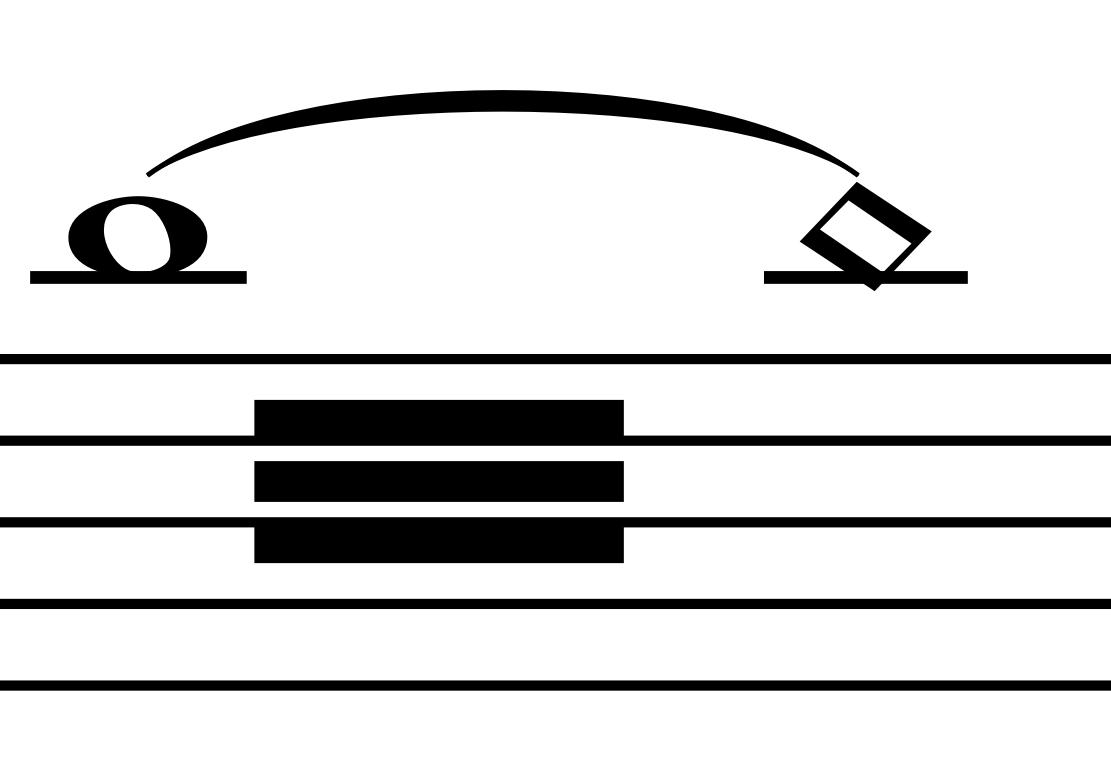
Harmonics, harmonic trills, shaking out birds, overpressure and more
Harmonics and harmonic trills
Harmonic
Artificial harmonic
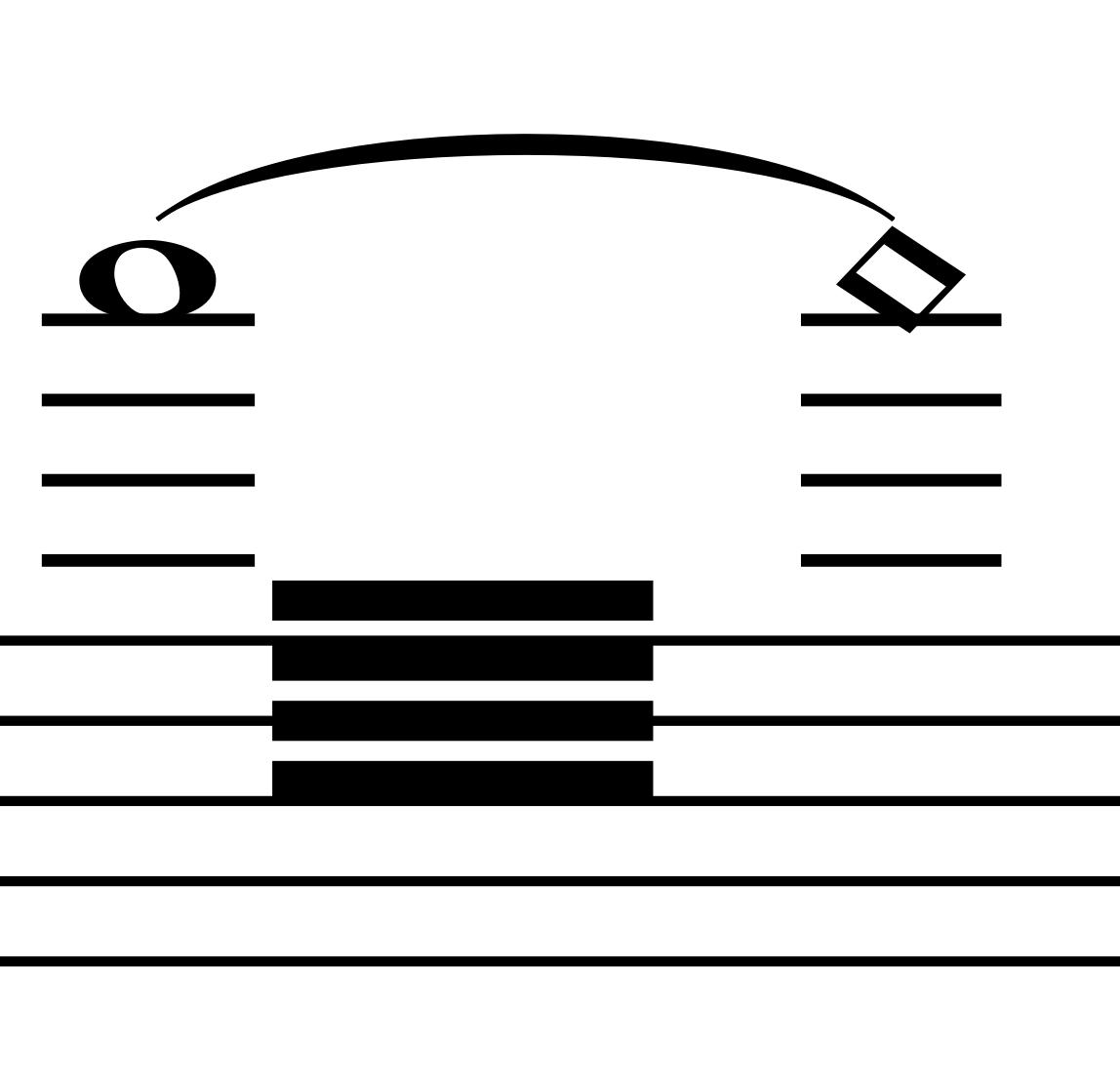
Harmonic colour trill of pressing and releasing
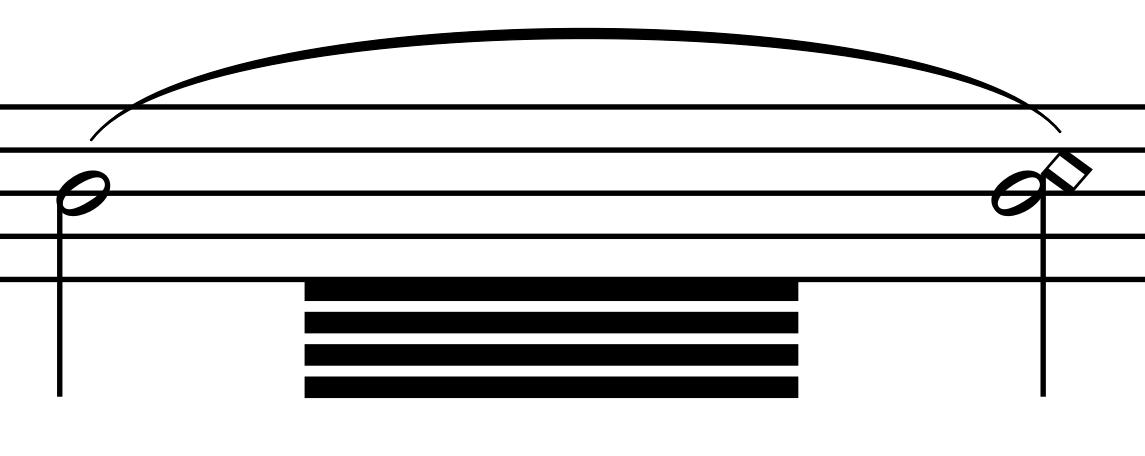

“Artificial” harmonic (noise effect)
Gliss. from the very start of the tremolo.
Shaking out birds

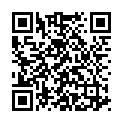
Overpressure
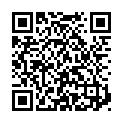
Gliss. whilst shaking out birds.
On a few occasions, the overpressure is distributed unevenly throughout bars, like so:

Here, the “timing” of the overpressure is free and does not have to be the identical between players.
Other graphics
The score uses graphics to better describe the piece’s soundscape. The graphics can be anything from subtle wavy lines to something absolutely all over the place. Sometimes depicting a slow bending of the tone. Sometimes a rather exaggerated vibrato. Sometimes a more extreme glissing back and forth Sometimes glissing while rattling with the pitch. Ex:
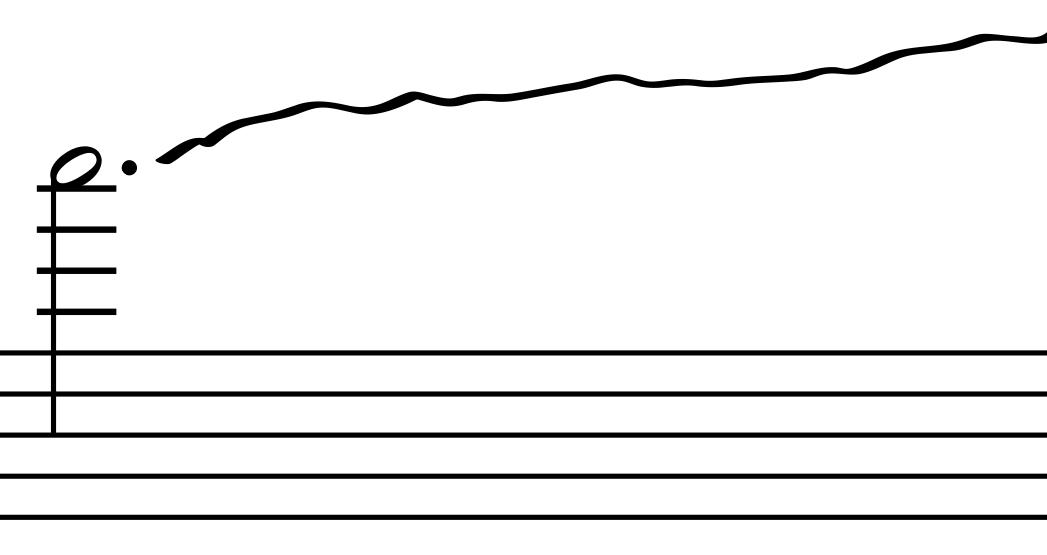
Improvisation from Bar 31
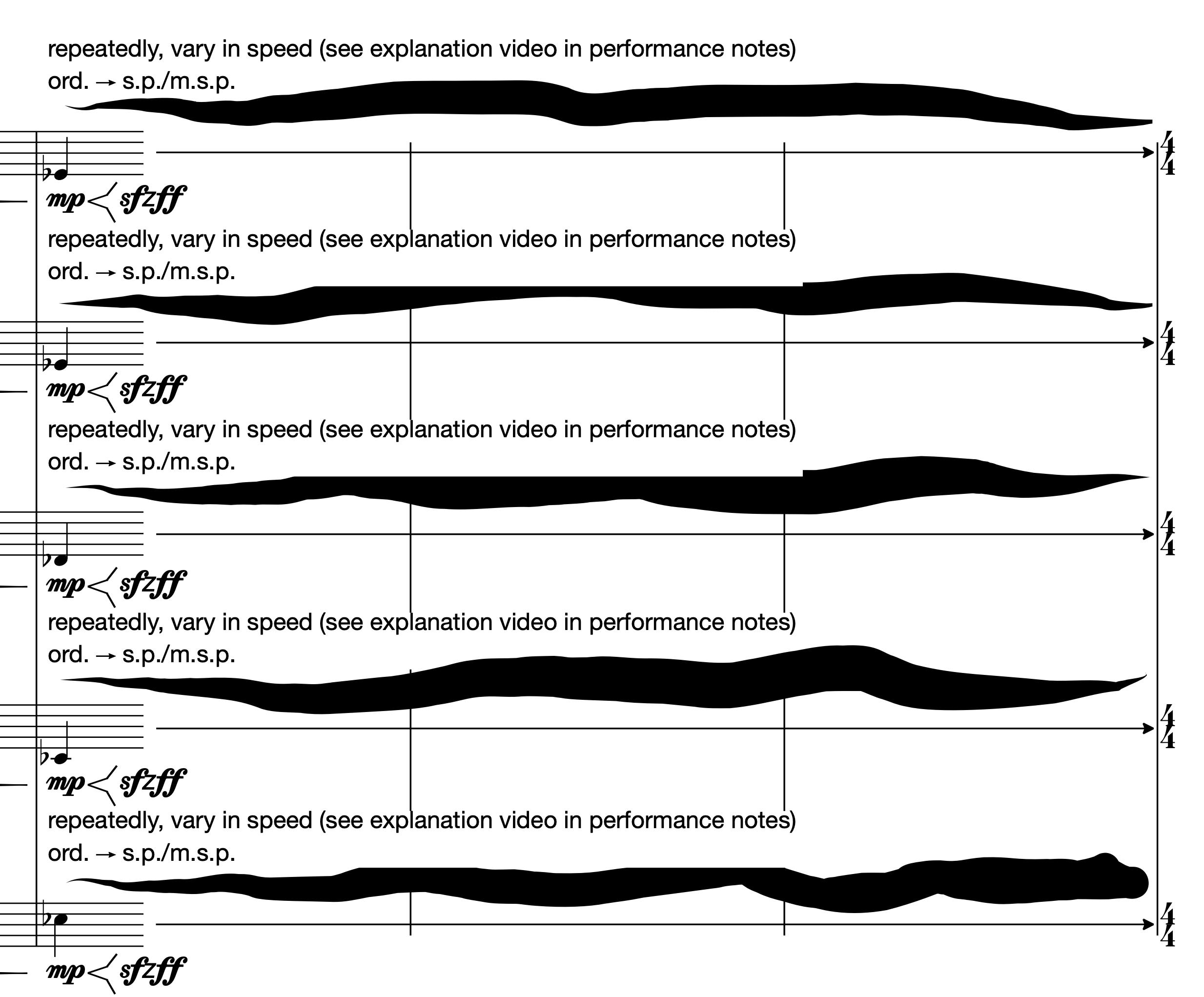
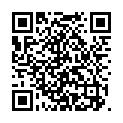
Double bass Harmonic waves

ELECTRONICS

The electronics are in the form of fixed tape and consist of 18 tracks. A program that can run more than one track simultaneously is needed. The person running the electronics will take the 18 cues from the conductor and simply press play. Tracks die out on their own (sometimes several running together). At the end of the piece, the electronics are the only thing left ringing in a fermata bar otherwise empty. Here, the electronics should be given space for approximately 10 seconds before being faded out by the person in charge of the electronics. This will of course have to be decided in dialogue with the conductor whenever the piece is performed. The material can be found here and in the QR code below.

INSTRUMENTATION
2 Flutes Piccolo
2 Oboes English Horn
2 Clarinets in Bb
Bass Clarinet in Bb
2 Bassoons Contrabassoon
4 Horns in F
3 Trumpets in Bb
2 Trombones
Bass Trombone
Tuba
Timpani (ca. 26′, 32′)
Temple Bowls (Eb4, E4)
Soft marimba mallets
Hard mallets
Cymbal
Soft vibraphone mallets
Drumsticks
Vibrator (small metal type)
Timpani mallets
Soft rollers
Reciprocating saw without blade
Metal plate (anything from saucepan lid/oil drum lid to something like a cymbal that is not very valuable (used to protect the skin when using the reciprocating saw))
Soft timpani mallets
3 Percussionists
Percussion 1
Temple Bowls (Eb4, E4))
Temple bowl mallet
Soft marimba mallets
Hard mallets
Tam-tam (large)
Soft gong mallets
Drumsticks
Metal vibrator
Metal mallet (large)
Oil Drum
Reciprocating saw without blade
2x Chinese Opera Gongs (one upwards sounding, one downwards sounding)
Small medium sized gong mallets
Sleigh Bells
Shell Chimes
Aztec Death Whistle
Percussion 2
Suspended Cymbal
Soft marimba mallets
Soft vibraphone mallets
Drumsticks
Metal vibrator
Bow
Tam-tam
Soft gong mallets
Oil Drum
Reciprocating saw without blade
Sleigh Bells
Shell Bells
Wind Machine
Aztec Death Whistle
Percussion 3
Thai Gong (Eb4)
Soft gong mallets
Metal vibrator
Metal mallet
Oil Drum
Reciprocating saw without blade
Vibraphone
Bow
Plastic xylophone mallet
Sleigh Bells
Shell Chimes
Bass Drum
Soft mallets
Medium hard mallets
Suspended Cymbal
Soft marimba mallets
Temble Bowl (E5)
Hard mallets
Aztec Death Whistle
Harp
Bow hair (old) for E1 and E2
Guitar Plectrum
Massage Pistol
Pencil
Piano
Squeegee (with a plastic edge, ex: https://www.amazon.com/dp/B01M3O39UJ )
Hammer or dead blow hammer or heavy rubber hammer
Fishing Line (for E1 and E2) Drumsticks
Massage Pistol Thimbles (2x)
Pencil
Guitar Plectrum
Strings (14.12.10.8.6)
Electronics
Ableton Live Suite or any program that is capable of playing more than one track simultaneously. Full range PA needed.
Score in C
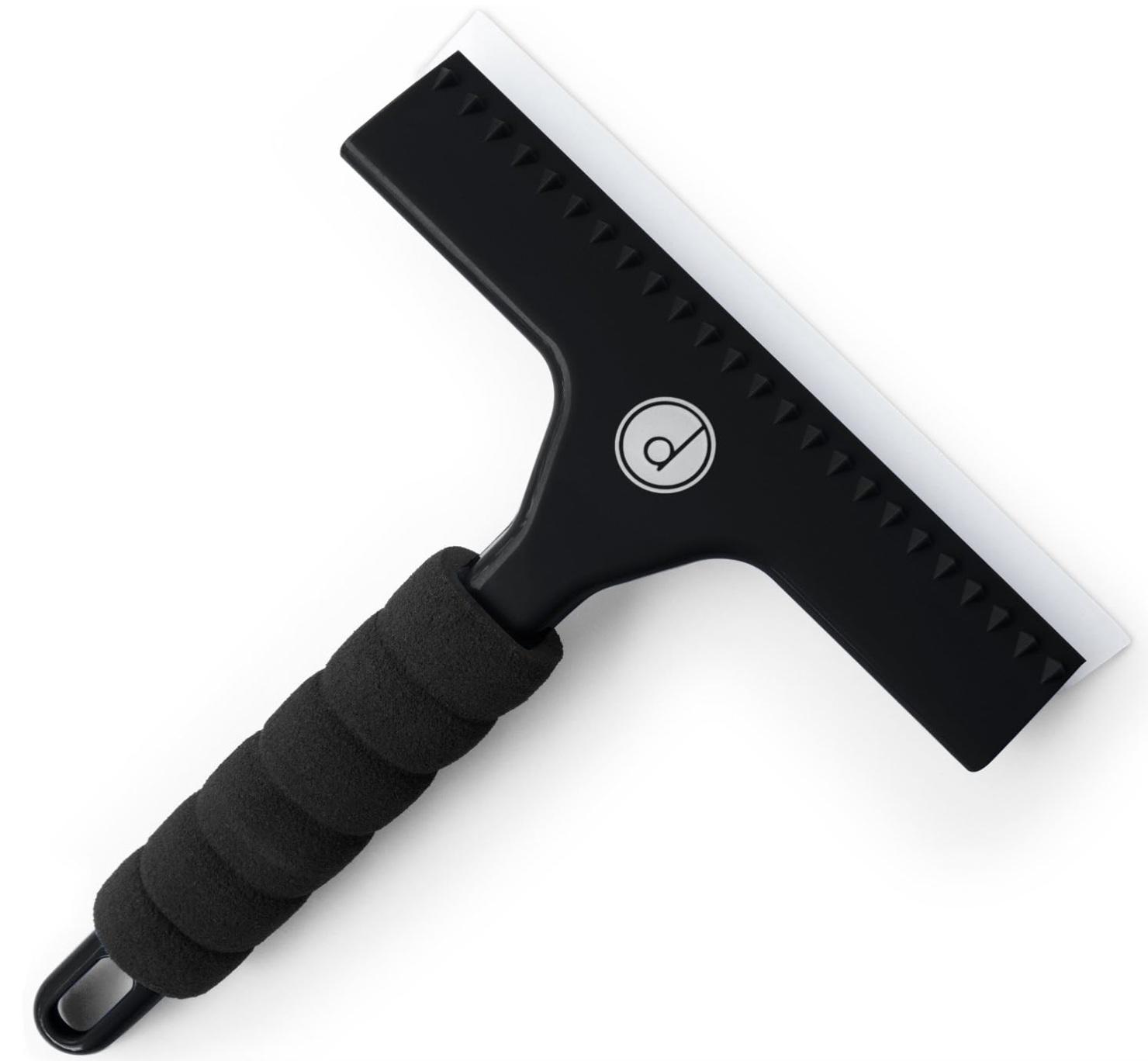











































asstrongasthetechniqueallows
asstrongasthetechniqueallows
wt
asstrongasthetechniqueallows
reedoff

asstrongasthetechniqueaows
asstrongasthetechniqueaows
asstrongasthetechniqueaows
hecoptertongung
hecoptertongung



asstrongasthetechniqueallows
asstrongasthetechniqueallows
asstrongasthetechniqueallows
asstrongasthetechniqueallows
asstrongasthetechniqueallows

























